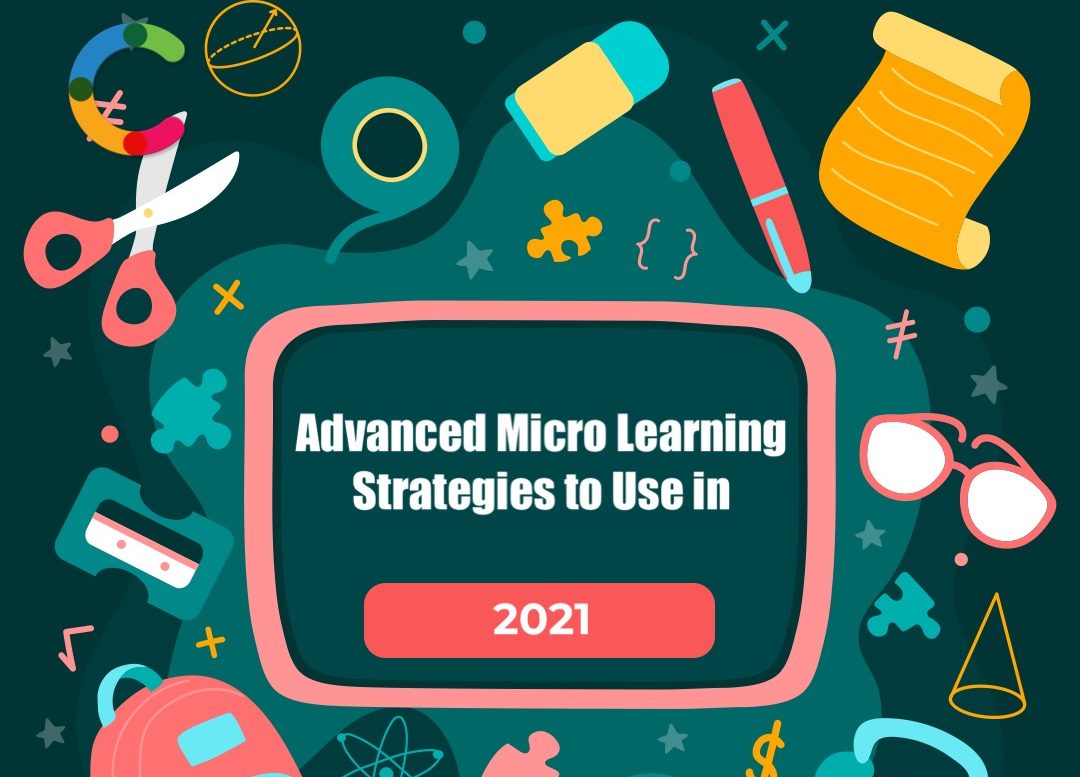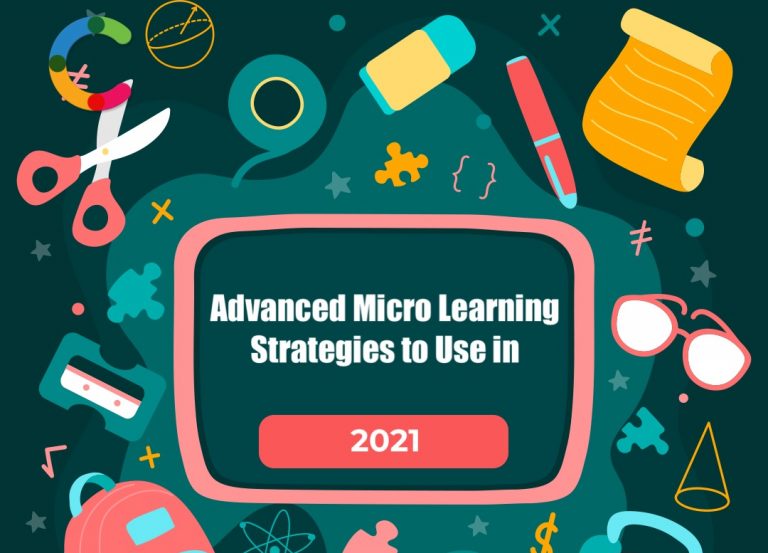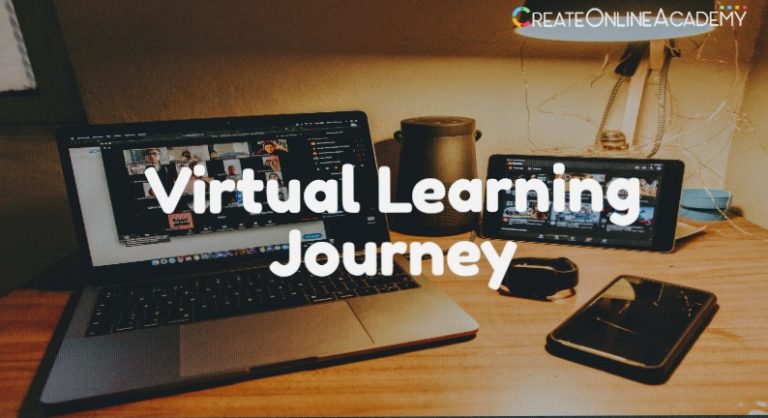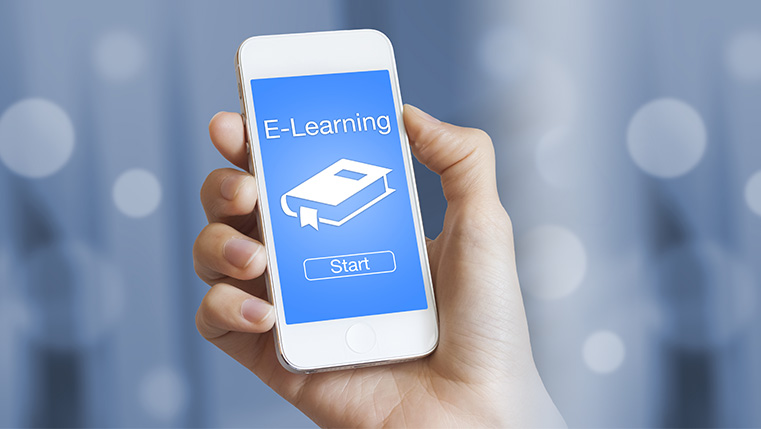Mobile Learning For Effective Employee Engagement
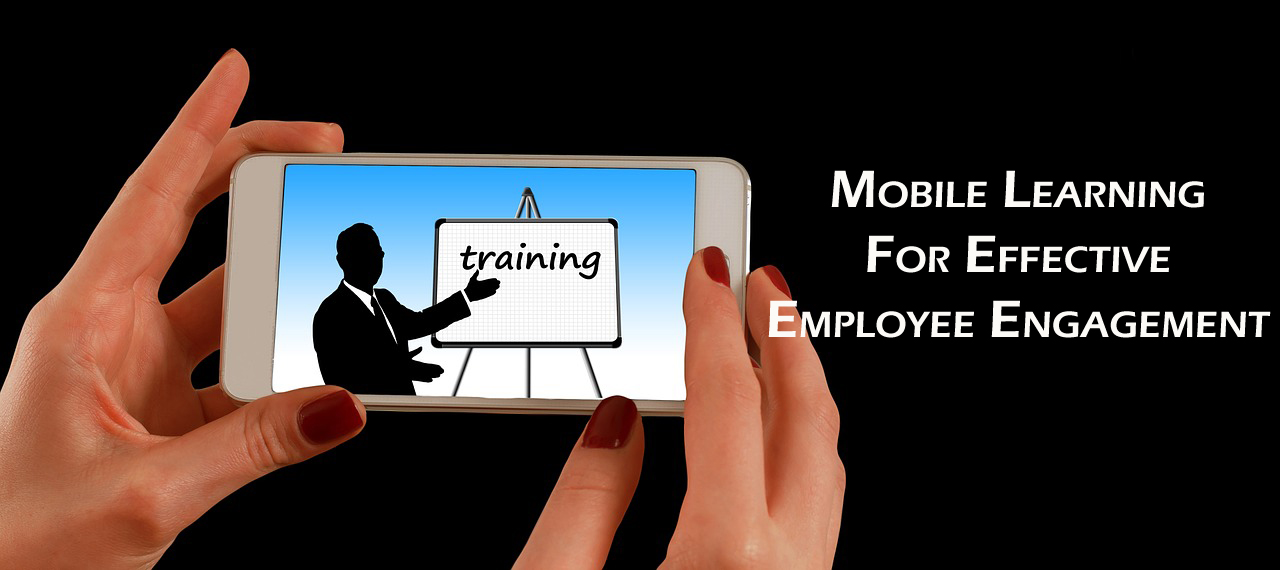
Employee engagement is now widely recognized as an influencing factor for productivity and organizational success. Mobile learning, or m-learning, as it is popularly known, can make a major difference to employee engagement levels, letting employees participate in learning and development (L&D) programs on the go. In this article, we discuss:
- What is mobile learning?
- Three best practices to implement mobile learning
- The benefits of mobile learning
There is no denying the growing importance of employee engagement. An engaged employee is passionate about the workplace and enthused to meet and even exceed their targets. When Bob Nelson, Ph.D., conducted research for his book on how to engage employees, he discovered that learning and development was the second most important factor influencing employee engagement. Employees want learning and skill-development opportunities to advance in their careers. But with a multigenerational workforce, delivering this learning and ensuring employees make the most of it can be a challenge.
This is why mobile learning – learning by accessing information across various devices on the go – can be the tool that enables effective learning and development.
What is Mobile Learning and How Will it Help Improve Employee Engagement?
In its simplest terms, mobile learning leverages personal handheld devices to deliver courses anytime and anywhere at the learner’s convenience. Courses are made available across a variety of platforms and devices, letting users pick up from where they left off and easily switch between devices and locations.
Mobile learning is based on one key idea: in a post-digital world, almost everyone uses a smartphone, making information-sharing both time-optimized and cost-effective. While employee engagement has several components, mobile learning makes any training program learner-focused, allowing participants to control how and when they learn. As a result, the experience is effectively customized for the learner’s unique requirements, significantly empowering employees and boosting engagement.
Three Mobile Learning Best Practices that Directly Impact Employee Engagement
The LinkedIn Workplace Learning Report 2019 suggests that mobile learning is showing a 5 percent rise year on year. This makes classroom-based learning models ineffective, reaffirming the need for greater customization. Over the long term, a successful learning program would improve employee engagement levels, creating a vibrant and “skills-first” workplace. Here are three mobile learning best practices to help:
1. Foster personalized experiences and microlearning
Today, a one-size-fits-all model does not work for any learning initiative. It is important to create a personal experience, powered by microlearning – bite-sized nuggets of information and training accessed by employees when convenient.
Additionally, microlearning allows users to look through the entire content bank and select what’s most relevant and helpful. As a result, the learning experience becomes more adaptive while staying in sync with larger organizational objectives.
Mobile devices make these microlessons easier to deploy, offering a wide variety of short courses, gamification elements, and multimedia content (infographics, animated videos, or flowcharts). The learner can now explore the entire training program – or specific parts – as per their needs.
2. Enable social media learning through mobile devices
In a world where we are connected 24/7, employers can leverage social media learning to complement employees’ general learning experience. Learning via social media involves using platforms such as Facebook and LinkedIn and practices such as blogging to encourage employees to share their opinions and ideas and learn from each other.
Since all these platforms can be accessed via mobile, learners can share their comments, links, feedback, and other data across groups and forums. Employees can regularly communicate with their peers, collaborate with them, and become a more active part of the learning process. It also creates a bias-free and open minded ecosystem, nurturing knowledge gathering and skills development.
3. Add recognition and feedback features for increased engagement
Several studies have revealed that employee engagement has a critical relationship with feedback and recognition in the workplace. Mobile learning platforms allow coaches and learners to send real-time feedback, while also conducting knowledge checks, identifying skill gaps, and sharing progress reports. Gamification and interactive features such as leaderboards, recognition badges, and peer-to-peer ratings reward learners for their achievements.
Delivered on a mobile device, these features enhance an L&D program’s effectiveness by sending regular notifications, reminders, and actionable pop-ups to ensure that employees engage in the program.
What Are the Benefits of Mobile Learning?
Apart from enormously influencing employee engagement, any mobile learning program offers the following benefits, while also improving the efficacy of the L&D program:
- You can share key learning modules with remote workers: A major benefit of mobile learning is that even remote workers can be incorporated into the L&D program, widening the ambit of the initiative.
- You can let learners visit and revisit learning content: Instead of a timebound classroom lecture, learners can go back to any segment of a course and refresh their understanding of the concept any time, anywhere.
- You can reduce training timelines: Shifting out of traditional classrooms, training can now be carried out even during employees’ downtime or “dead hours” (such as time spent traveling or waiting at the airport).
Conclusion
The world of learning has been dramatically transformed by technology. Investing in a learning experience platform that offers mobile learning would empower employees to take charge of their learning, development, and professional growth. They can decide when and how they want to learn, and how they want to apply that knowledge.
Learning on the go translates to greater flexibility for users, improving learner performance and amplifying the ROI of a training program. Together, all these factors positively affect employee engagement and enhance an organization’s reputation and workforce productivity.
Original Article:- https://www.hrtechnologist.com/articles/employee-engagement/mobile-learning-for-employee-engagement/





